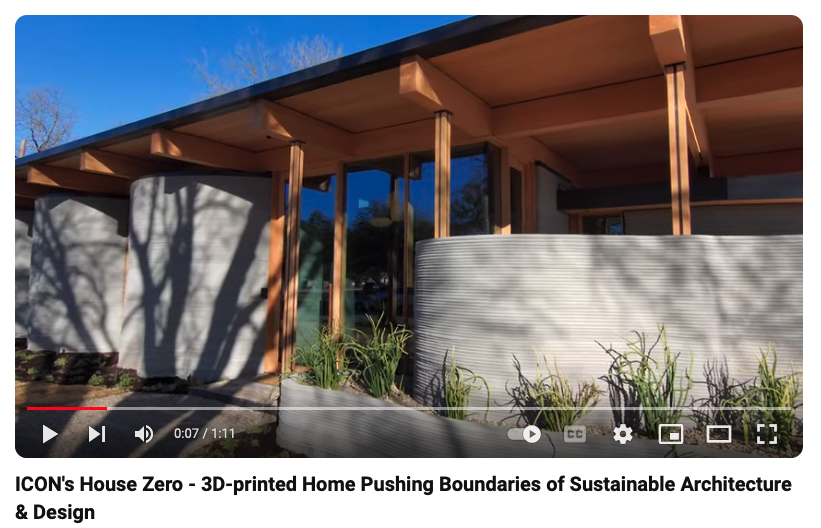What do engineers actually do?
Every year, the engineering community organizes itself to provide a wealth of answers and engaging resources in response to this question under the auspices of Engineers Week. Running February 18-24, the theme for this year is "Welcome to the Future!"
In the spirit of Engineers Week, we are happy to feature selections below from one of our newest publications, the updated 4th edition of our Engineering Career Guide. It's bigger and better than ever – and it offers an exciting preview of the future that engineering is helping to make into reality.
The career guide illustrates why engineering is a great career for kids with all kinds of interests. But the field is also a bit of a black box, and many students – and educators! – are unfamiliar with what engineers actually do in their jobs. The answer is that engineers do almost anything in their jobs. Their work touches nearly every area of our lives, at home, at work, and at play. No matter what area of interest students bring to their studies, they are almost certain to find some application of engineering that can help them express it in contributions to the world.
Building houses with a 3D printer
There are millions more people in America who would like to buy a house than there are houses available for them to buy. One reason involves how much goes into building a house – it takes too much time and money to build houses in the numbers and locations that people want and can afford. House Zero could point towards a solution. Using 3D printing technology, this approach puts a 9,500-pound robot to work “printing” a new house in just ten days. The resulting structure features an airtight wall system made of high-strength concrete and other specialized building materials based on digital design templates. Still evolving, this technology has the potential to revolutionize the construction industry, providing faster, cheaper, and more sustainable solutions to the housing crisis in our country. Check out this video to see 3D house-printing technology in action – it's wild!
Windows made of invisible solar cells
Engineers at Michigan State University developed a type of solar power technology that looks and works just like plain old window glass. Able to capture invisible wavelengths of sunlight and convert them into energy, these transparent glass solar panels can be used as actual windows in buildings of all kinds. In fact, the Biomedical and Physical Sciences Building at Michigan State has been using these solar cells to generate electricity for the facility since 2011.
A bionic hand that gets better with daily use
Engineers at Esper Bionics have developed technology for prosthetics that can help devices “learn” from their users how to continuously improve the way they work. Wearable sensors embedded in the device are connected wirelessly to powerful AI programs on the company’s cloud-based platform. Sensing muscle activity and brain impulses, these sensors enable AI tools to adjust and improve how well the artificial limb serves a user’s needs. The company currently features a prosthetic hand with this technology and hopes to expand use to other types of prosthetics in the future.
Be in touch!
To learn more about how engineers help make innovations like these possible, and how students can build their own pathways into the field, check out this new edition of our Engineering Career Guide.
Go to our online shop now to order copies for Engineers Week or any other outreach and education activity related to the field. We promise that the book will pique students' interest, enable adults to showcase the field to them, and inform all readers about how vital engineering is to the life we all want to continue living.
Let us know if you have any questions or comments about how to make engineering accessible and imaginable for students. We're always eager to hear stories of what is exciting or new in this effort!
Eric Iversen is VP for Learning and Communications at Start Engineering. Comments and feedback are always welcome.
Our goal at Start Engineering is to help make STEM careers imaginable and accessible to kids of all backgrounds and interests. We publish educational and career outreach books in STEM fields like engineering, cybersecurity, and biotechnology, with more topics to come. Check out our newest releases here!
Photos courtesy of House Zero, Michigan State University, and Esper Bionics.




